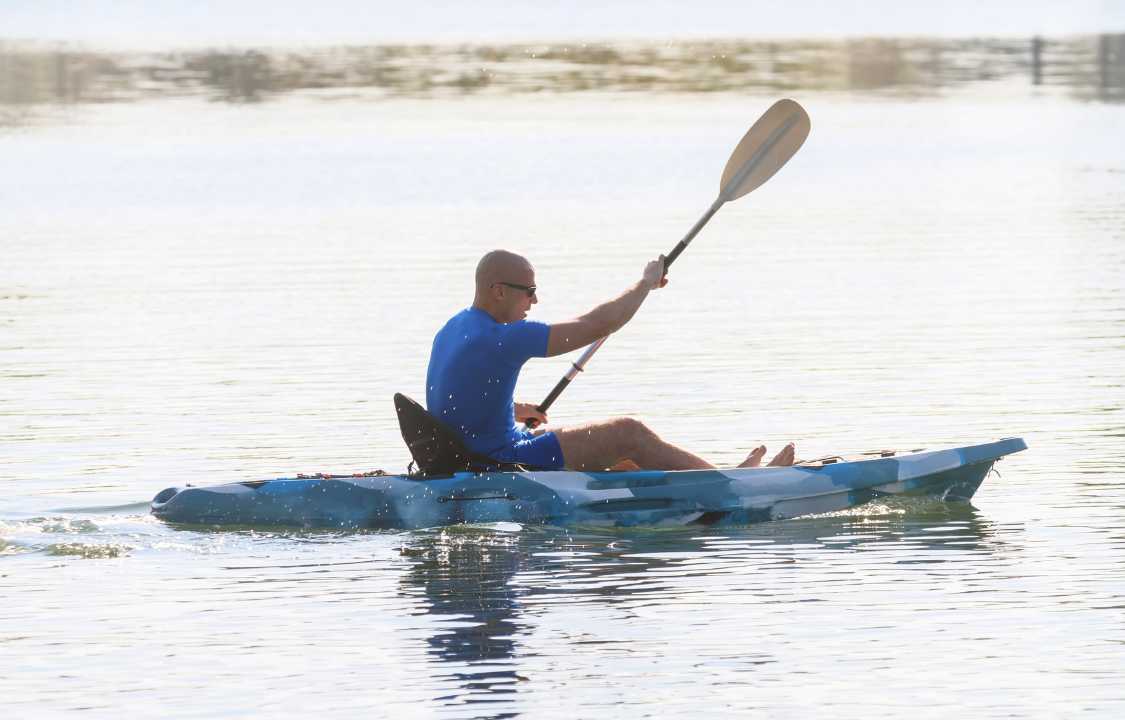Health Benefits, Health Care, Insight
Rowing or Paddling After Age 60
Engaging in rowing or paddling offers a gratifying experience as you dip an oar or paddle into the water, propelling your craft forward. This physical activity not only provides tangible results in terms of movement but also incorporates the soothing presence of nature and the camaraderie of teamwork. While rowing or paddling presents a fantastic workout with numerous health benefits, it’s essential to be mindful of potential risks associated with these activities.
Types of activities
Water sports involving rowing or paddling offer a diverse range of options. Rowing typically involves the use of one or two oars and can be performed in various types of boats, such as shells or sculls. Shells are long boats that can accommodate two, four, or eight individuals, with each person operating a single oar. Sculls, on the other hand, are smaller boats designed for one, two, or four people, with each person using two oars.
Paddling, on the other hand, utilizes paddles and encompasses various water sports. Canoeing, dragon boat racing (involving a long boat with dragon-themed decorations and a team of 10 or 20 paddlers), and paddleboarding (solo standing or kneeling on a wide surfboard with a single paddle) all involve the use of single paddles with a flat blade.
In kayaking, a double paddle with a blade at both ends is employed. Kayaks come in different types, ranging from wide and flat recreational kayaks to long, streamlined kayaks known as “surf skis,” which have become a popular trend among kayaking enthusiasts.
Benefits
Rowing and paddling offer numerous health benefits:
1. Cardiovascular Health: Both activities provide effective aerobic exercise, promoting endurance and cardiovascular health. Engaging in these activities contributes to improved mobility, mood, and cognitive function.
2. Muscle Engagement: Rowing and paddling engage multiple muscle groups. Rowing primarily targets the legs and back, while paddling relies on core muscles for propulsion. Paddleboarding, in particular, works the buttocks and trunk muscles, enhancing standing balance.
3. Socialization: Participating in rowing or paddling allows for social interactions, countering isolation and loneliness. Social engagement is linked to better mental well-being and can contribute to overall health.
4. Stress Management: The combination of exercise and exposure to nature during rowing or paddling can help manage stress. Regular physical activity and time spent in natural environments have been shown to mitigate chronic stress, which is associated with inflammation, chronic diseases, and premature mortality.
Risks after 60
Rowing and paddling, while beneficial, come with potential physical risks. It’s important to exercise caution, especially if you have certain health conditions or pre-existing injuries. Denise Frost, a physical therapist, highlights some considerations:
1. Repetitive Stress: Both rowing and paddling involve repetitive movements, which can stress certain muscle groups and joints. Paddling, in particular, may put strain on shoulder tendons, while rowing can lead to low back strains.
2. Pre-existing Conditions: If you already have conditions such as tendinitis in the shoulder, elbow, or wrist, diagnosed back problems like disc injuries or spinal stenosis, or a history of back surgery, these sports may not be advisable.
3. Swimming Skills: If you are not a proficient swimmer, engaging in water sports poses an additional risk. Safety on the water is crucial, and the ability to swim is a fundamental requirement.
4. Physical Fitness and Health Conditions: If you haven’t exercised for an extended period, or if you have heart or lung conditions, it’s essential to consult with your doctor before taking up rowing or paddling.
Before diving into these water sports, it’s advisable to undergo a thorough health evaluation and seek guidance from your healthcare provider.
Getting started
If you’re considering paddling or rowing, here are some tips and considerations:
1. Paddling vs. Rowing:
- Paddling may be a more accessible option, as it can be adjusted to your fitness level.
- Rowing has a steeper learning curve and is more physically demanding, requiring good fitness.
2. Health and Safety:
- Ensure you are in good physical shape before attempting rowing, and consider paddling as a potentially gentler introduction.
- Wear sunblock, sunglasses, and stay hydrated during activities.
- Restrict participation during hot weather to avoid overheating.
3. Learning and Preparation:
- Paddling may be more suitable for beginners. Rent different types of boats and take lessons to find what suits you best.
- For dragon boat racing or rowing, join a local club offering introductory courses to learn with experienced teammates.
4. Start Slowly:
- Learning a new skill takes time and coordination. Begin with shorter sessions to allow your body to adapt gradually.
- Expect some strain and stiffness initially as your body adjusts to new demands.
Remember to prioritize safety, enjoy the learning process, and consult with a healthcare professional if you have any health concerns before engaging in these activities.

